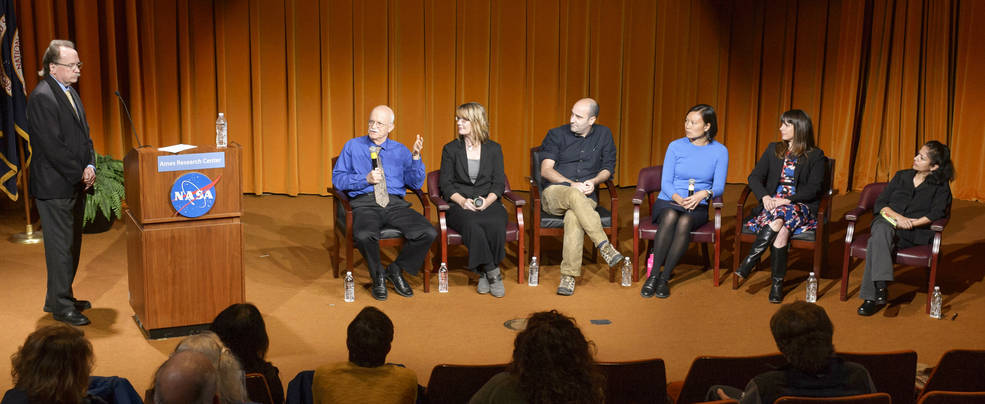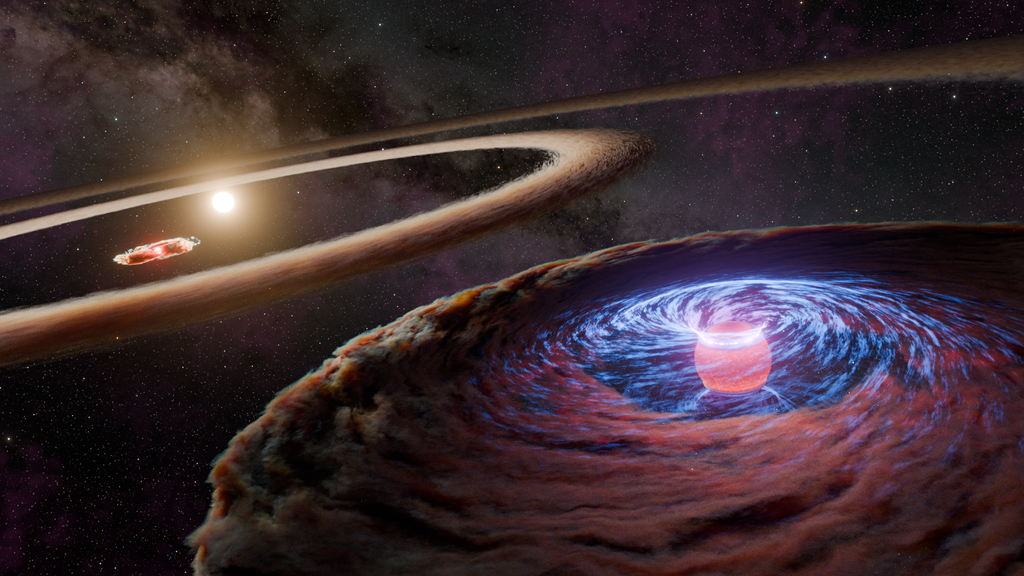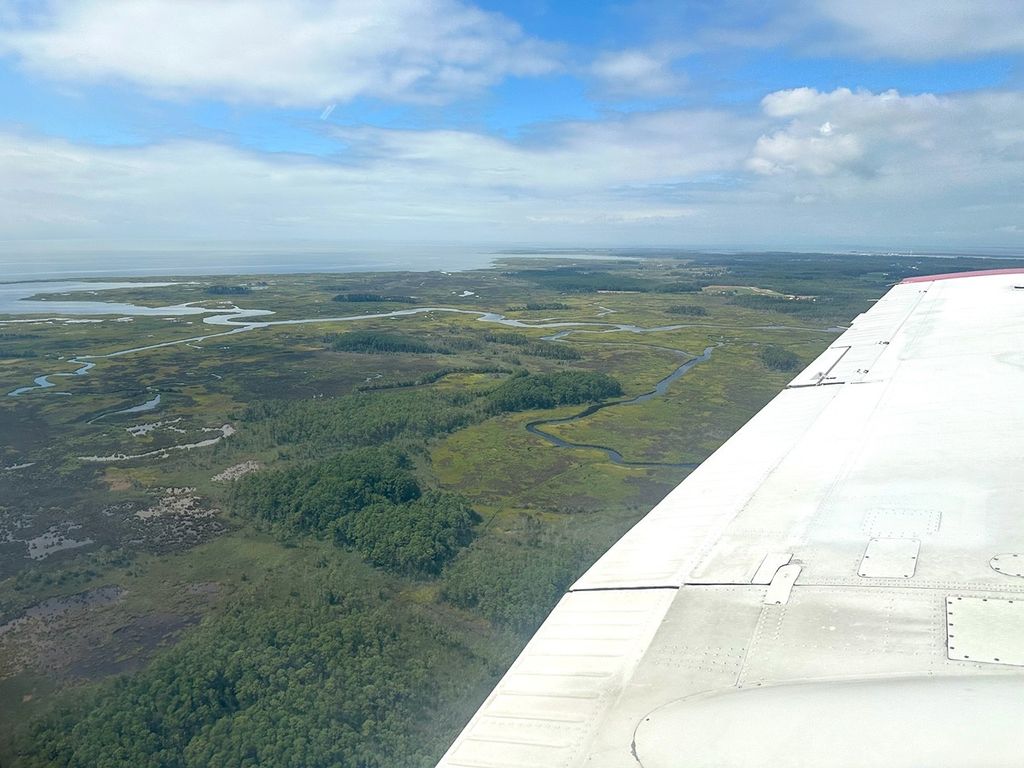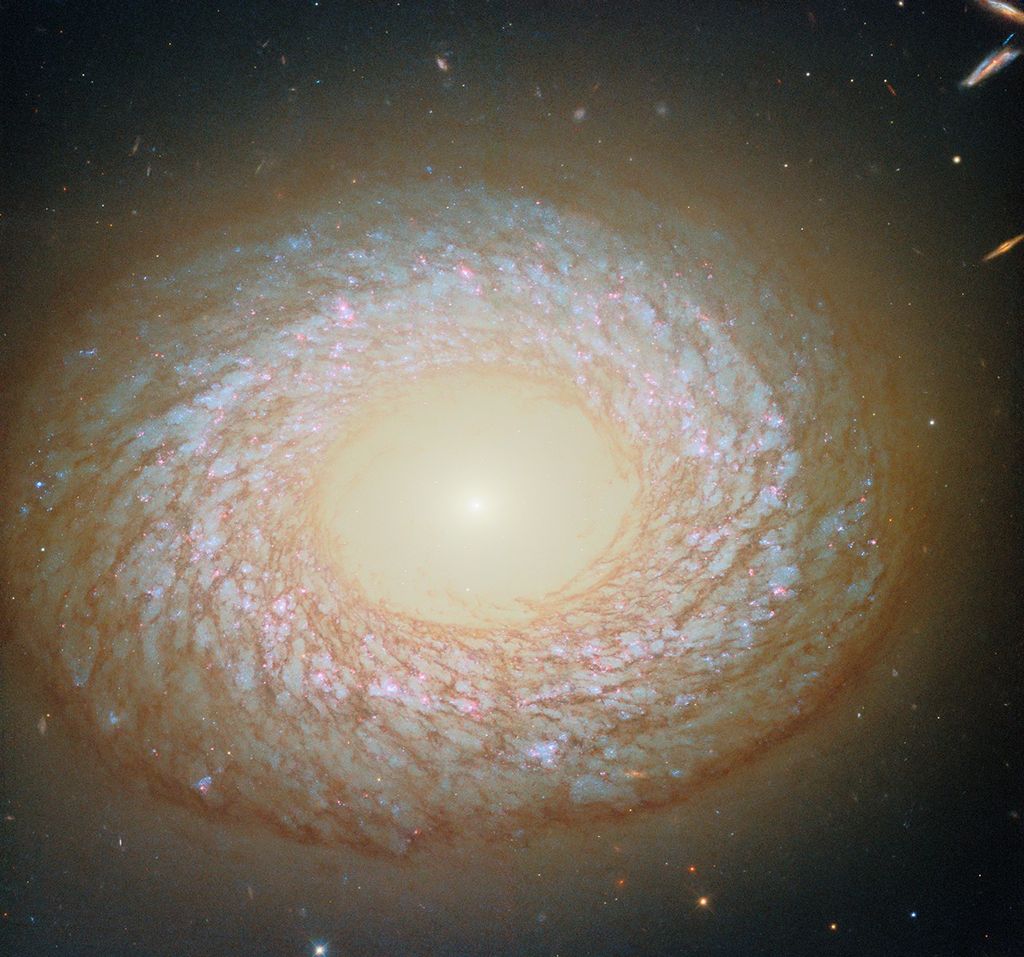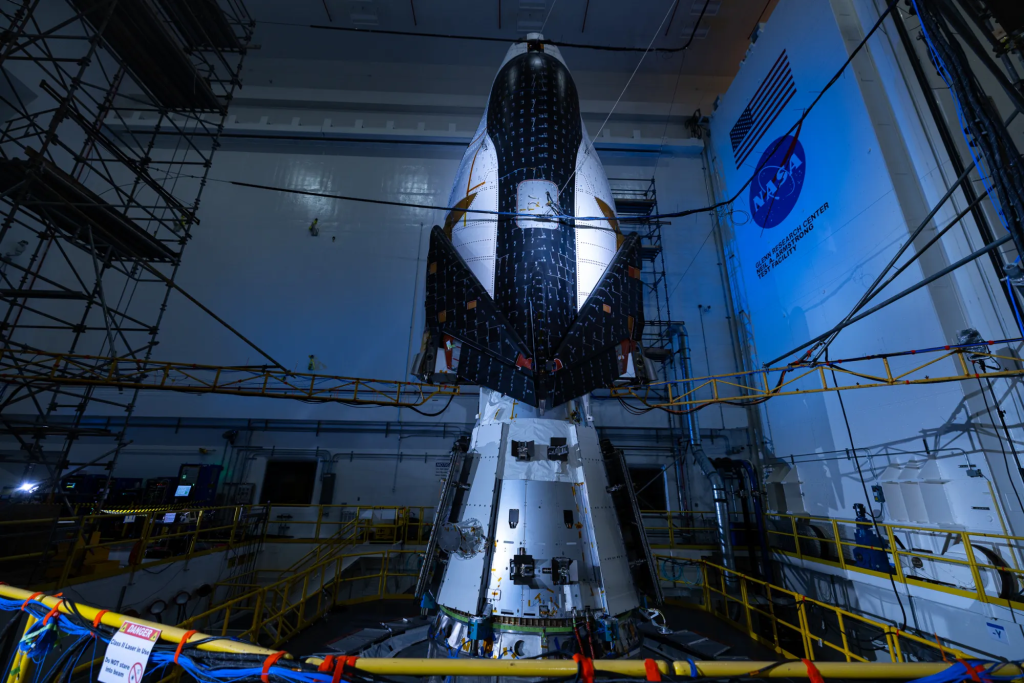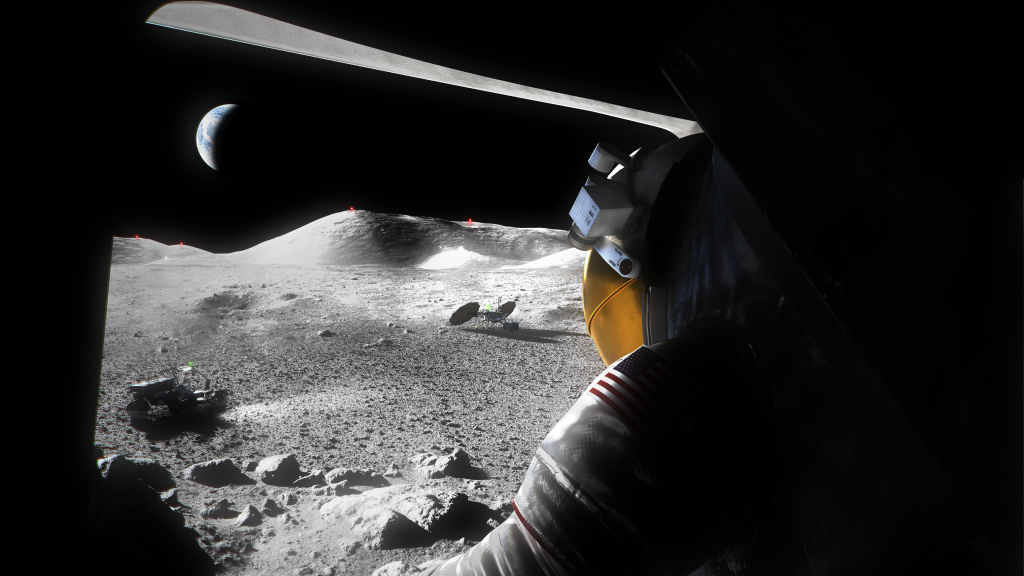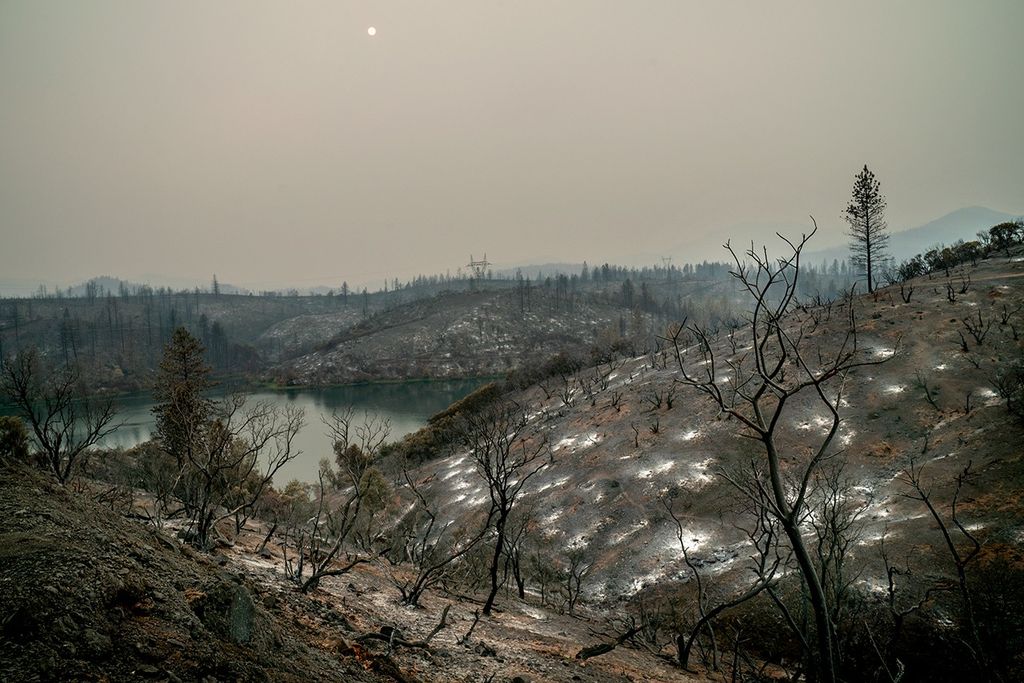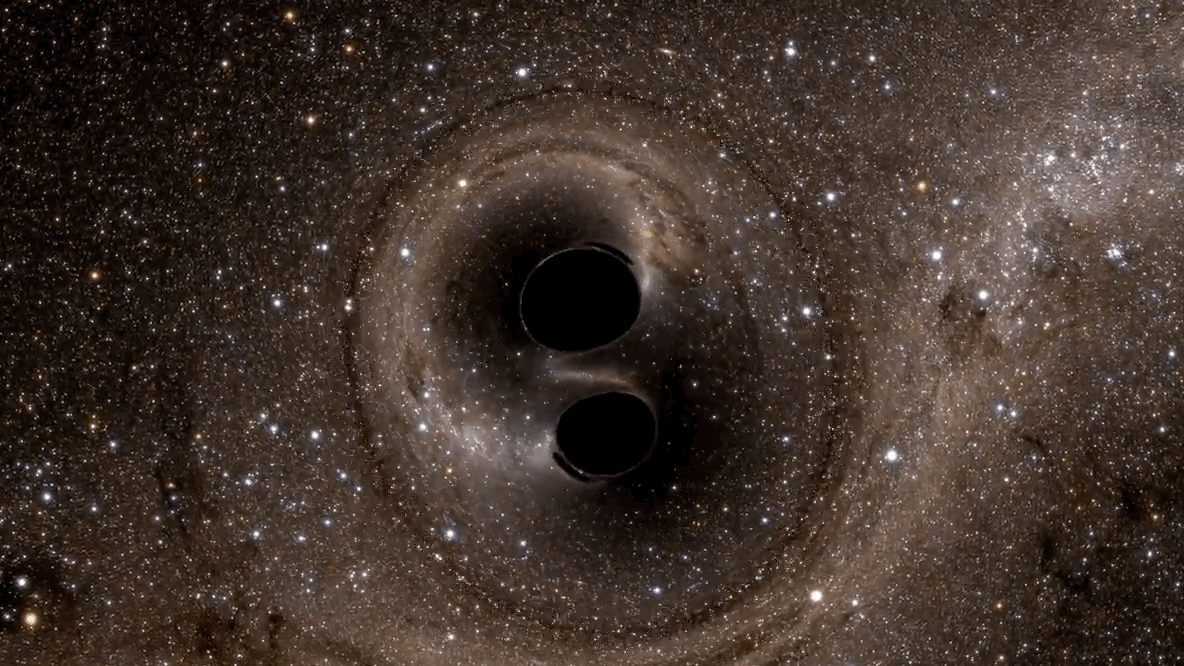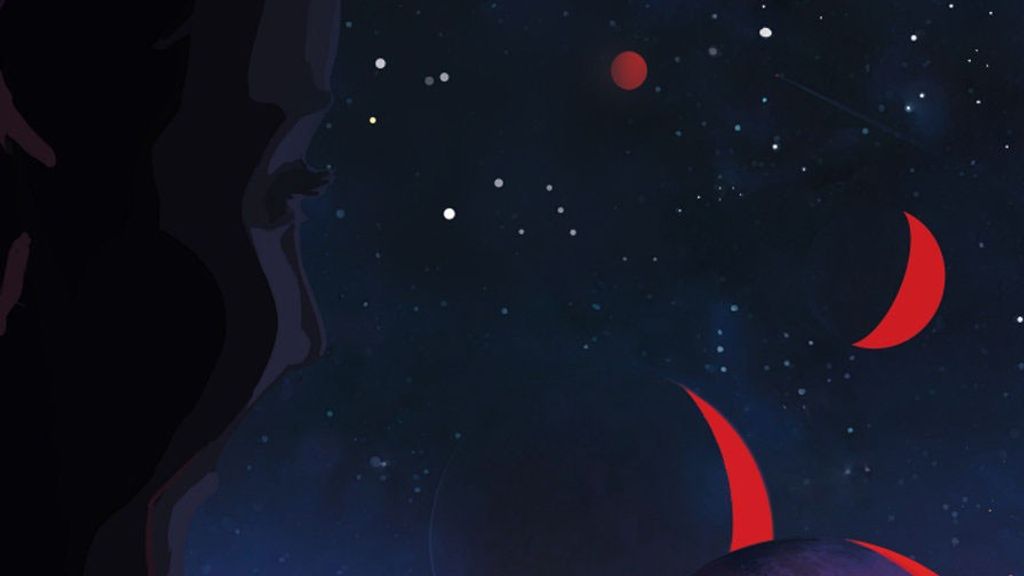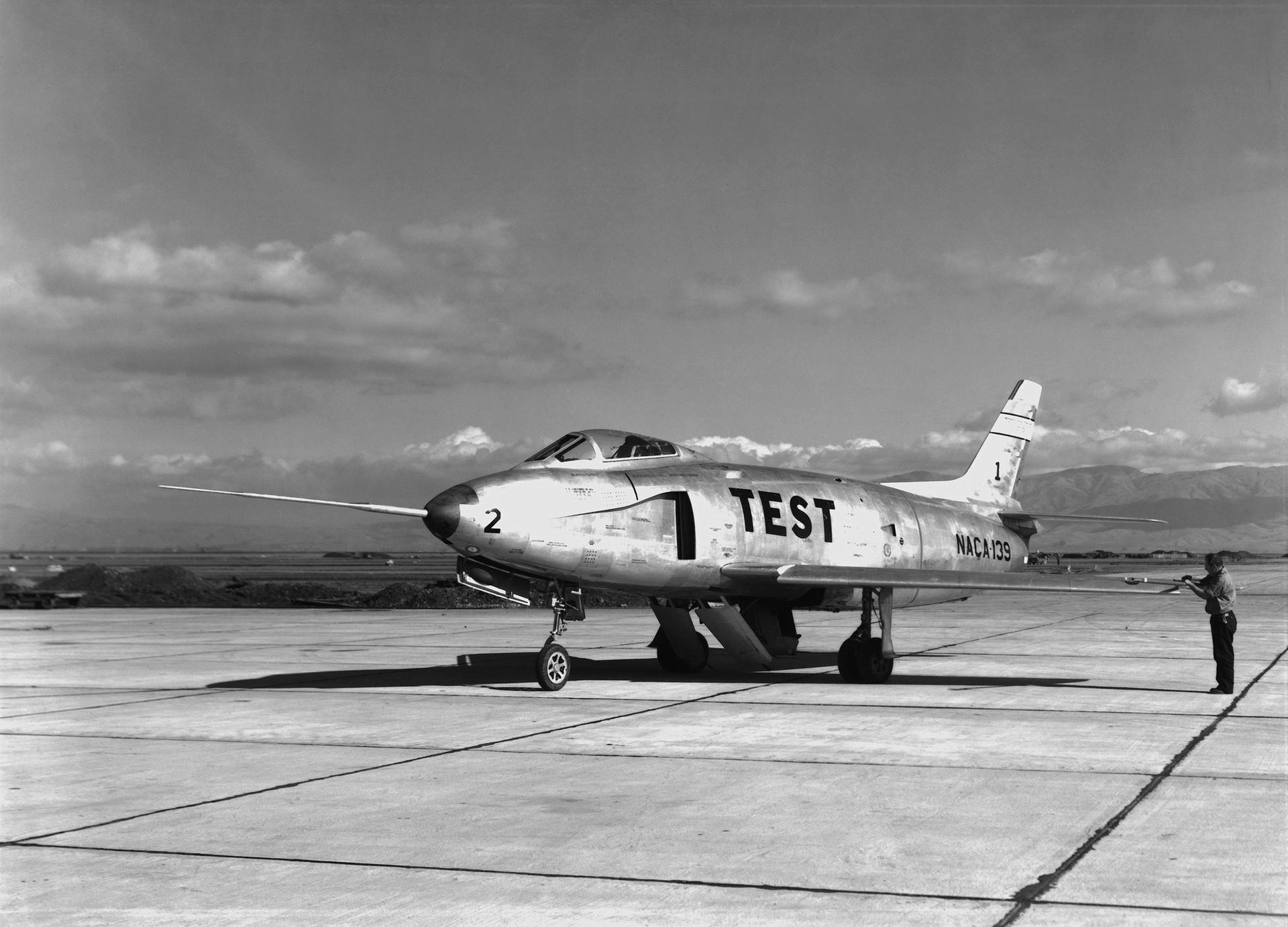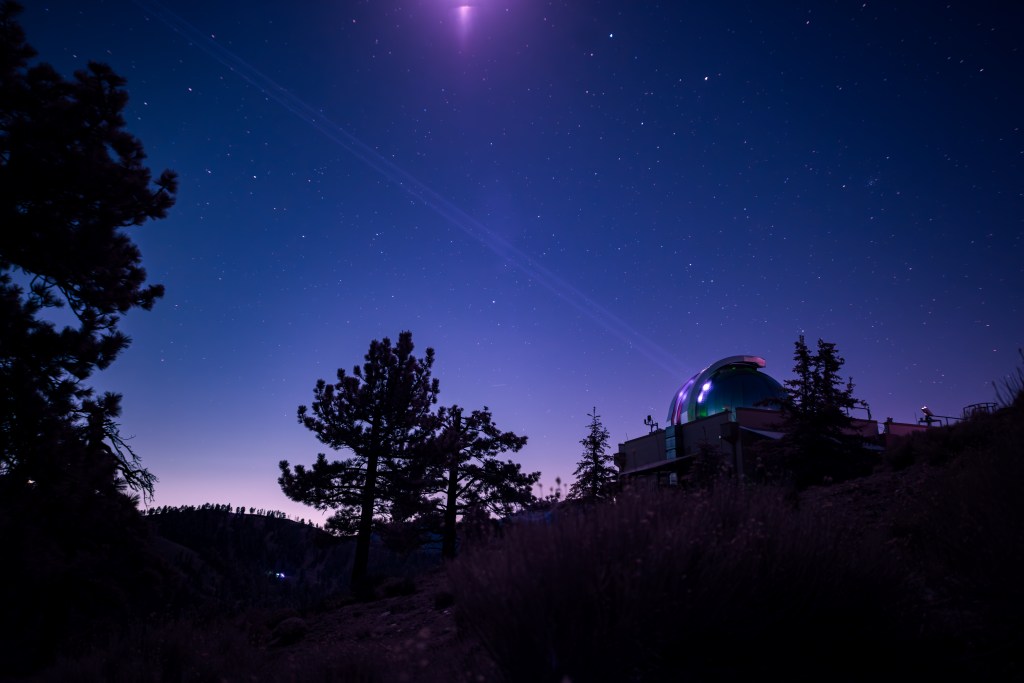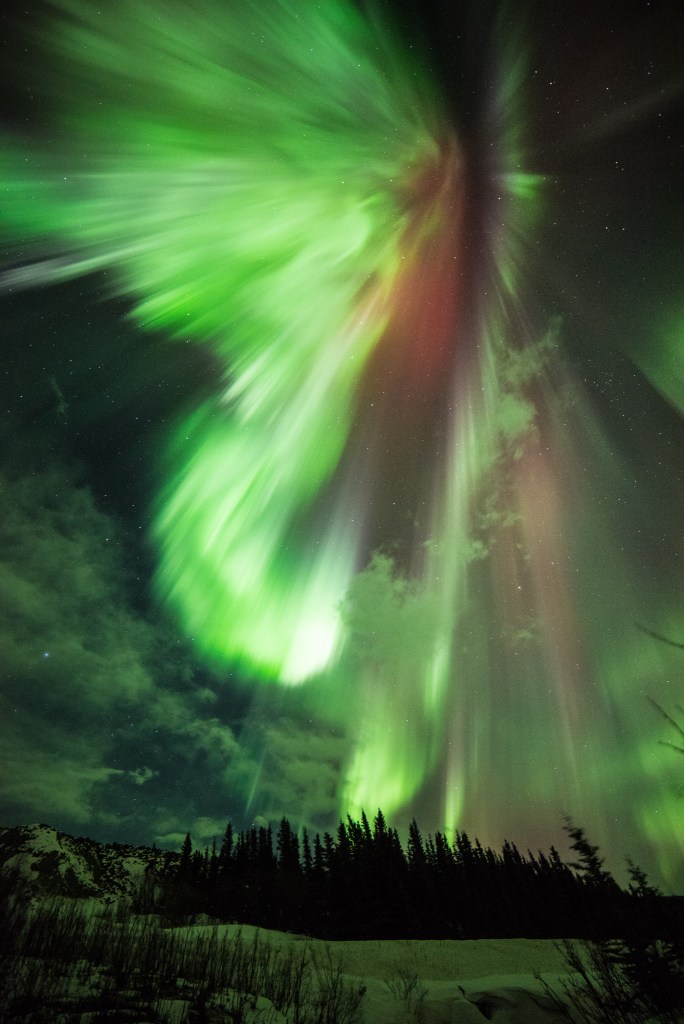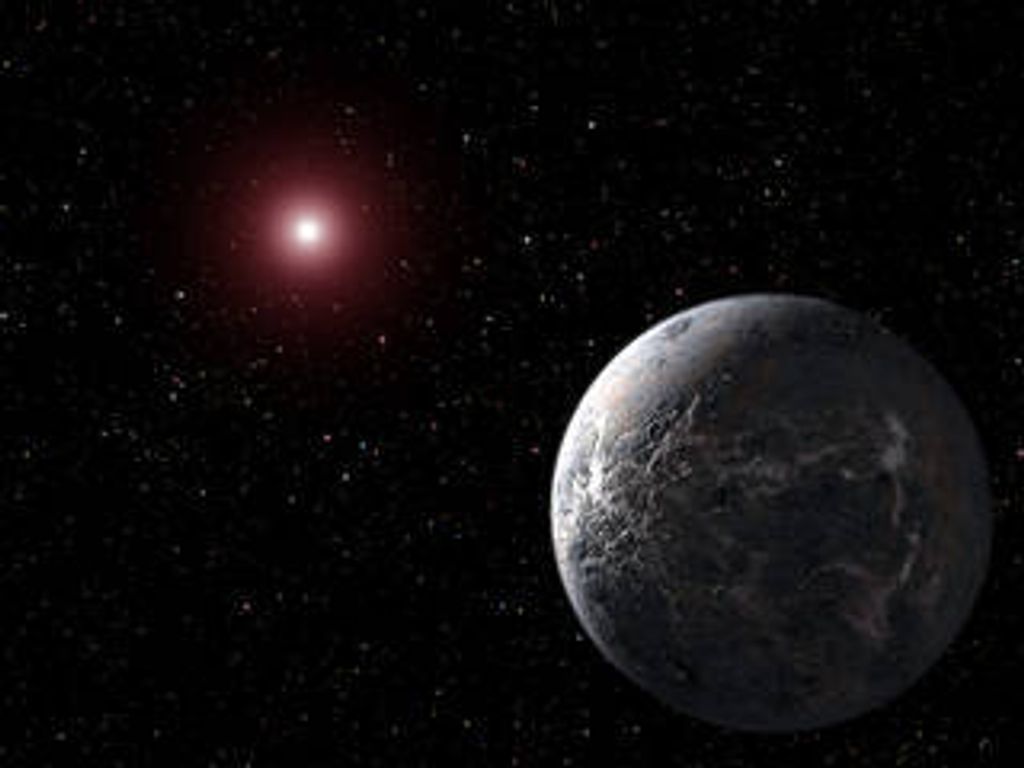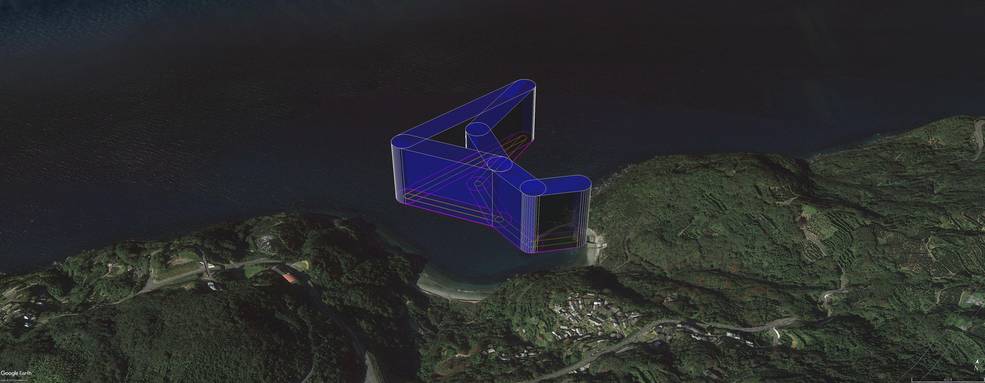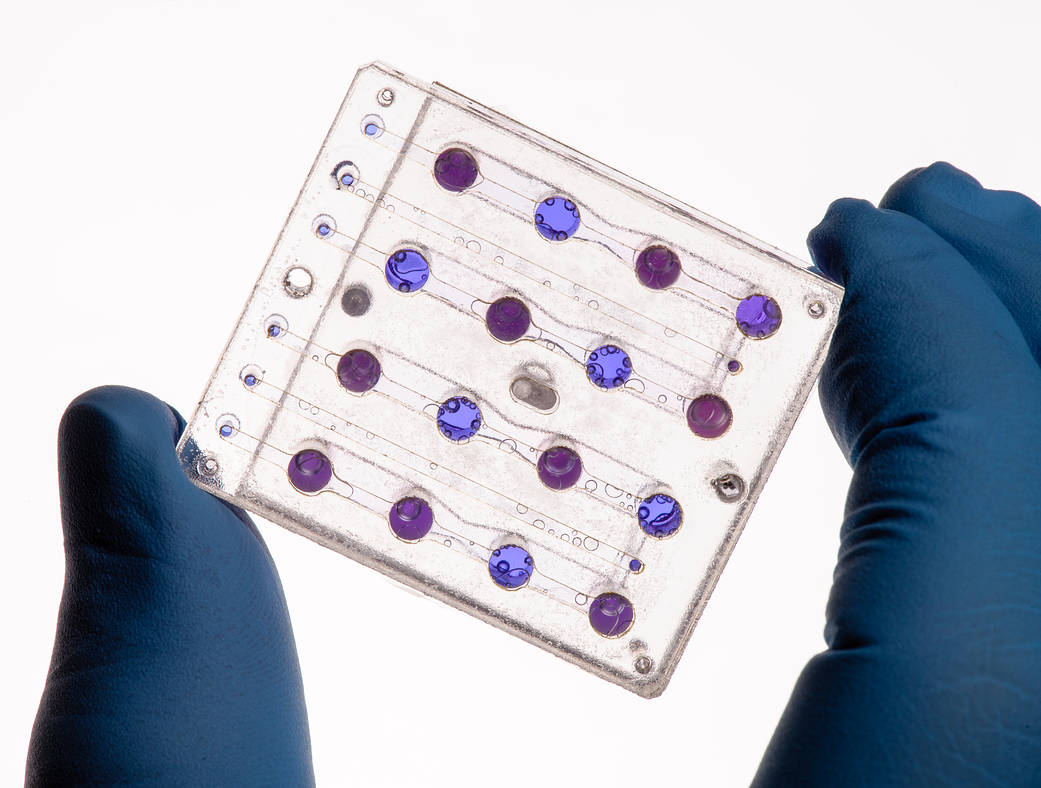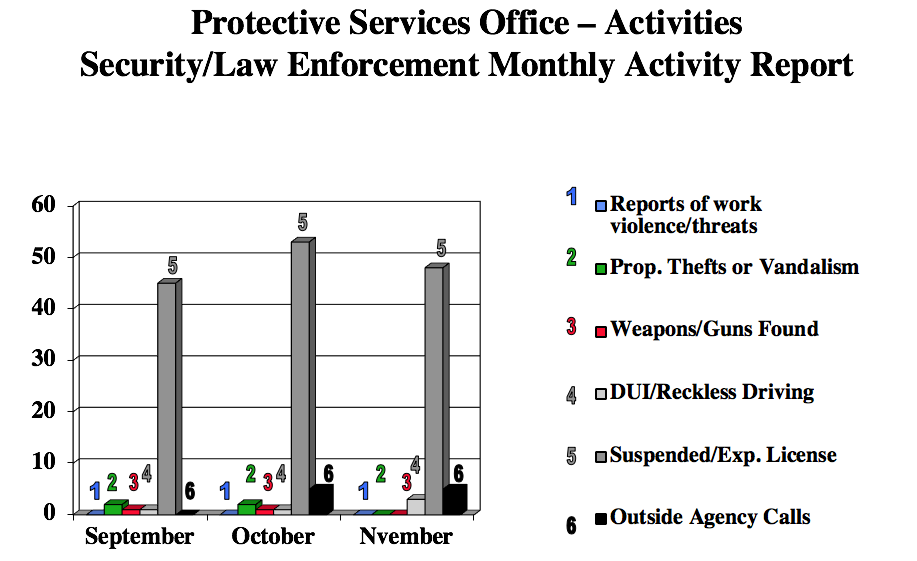NASA Collaborates with JAXA to use Drones for Disaster Recovery Drill
by Darryl Waller
NASA has partnered with the Japan Aerospace Exploration Agency, or JAXA, to successfully demonstrate the safe integration of unmanned aircraft systems (known as UAS, or drones) on a use case to support emergency response and disaster recovery activities.
This test, which happened in October 2018, connected JAXA’s Disaster Relief Aircraft Information Sharing Network, or D-NET, and NASA’s UAS traffic management, or UTM, research platform. D-NET delivers optimal route planning for UAS disaster relief operations, and UTM resolves possible airspace conflicts while providing tracking and UAS operator situational awareness.
For full story, see: DroneDisasterRecovery
For Holiday Celebrations and Space Radiation, Yeast is the Key
by Abigail Tabor
As you consume copious amounts of baked goods this holiday season, like delicious sweet breads, sticky cinnamon buns and crusty dinner rolls, know that one of the key ingredients is helping NASA learn about space radiation and how to protect humans on future space missions.
For full story, see: YeastisKey
What is BioSentinel?
by Abigail Tabor
Astronauts live in a pretty extreme environment aboard the International Space Station. Orbiting about 250 miles above the Earth in the weightlessness of microgravity, they rely on commercial cargo missions about every two months to deliver new supplies and experiments. And yet, this place is relatively protected in terms of space radiation. The Earth’s magnetic field shields space station crew from much of the radiation that can damage the DNA in our cells and lead to serious health problems. When future astronauts set off on long journeys deeper into space, they will be venturing into more perilous radiation environments and will need substantial protection. With the help of a biology experiment within a small satellite called BioSentinel, scientists at NASA’s Ames Research Center, in California’s Silicon Valley, are taking an early step toward finding solutions.
BioSentinel’s microfluidics card, photo above, was designed at NASA Ames and will be used to study the impact of interplanetary space radiation on yeast. Once in orbit, the growth and metabolic activity of the yeast will be measured using a 3-color LED detection system and a metabolic indicator dye. Here, pink wells contain actively growing yeast cells that have turned the metabolic dye from blue to pink color.
For full story, see: BioSentinel
Employees Celebrate Ames’ 79th Anniversary with Cake
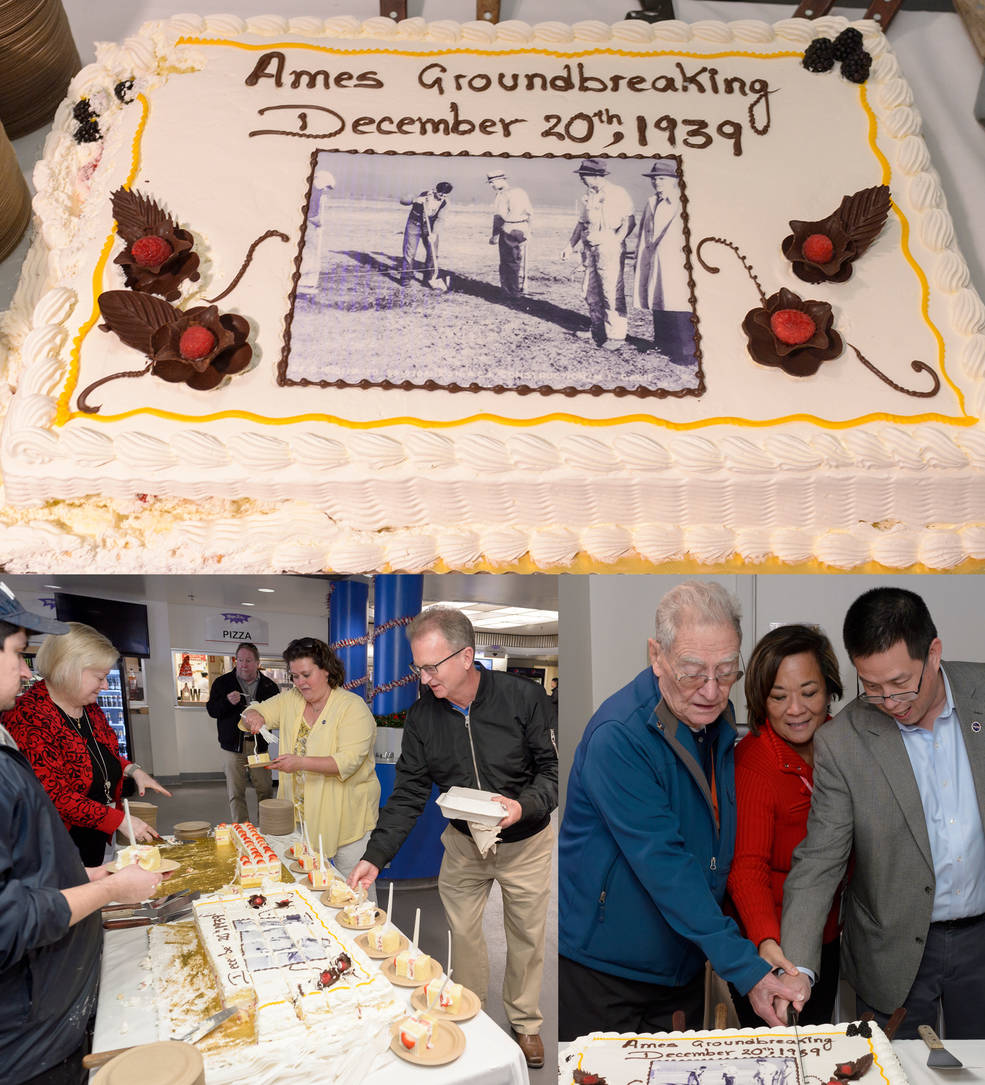
Ames Veteran’s Committee Hosts Talk on Suicide Prevention Awareness
Ryan Ayers, Area Director, Greater San Francisco Bay Area Chapter, American Foundation for Suicide Prevention (AFSP)) (top photo) speaking at Ames on Dec. 6, 2018, on how we can learn about preventing suicide through research, advocacy and education. His presentation is designed to teach people how to identify resources related to suicide prevention and how you can help others have the conversation without increasing the risk of harm.
Suicidal thoughts can affect anyone regardless of age, gender or socio-economic background. Suicide is a national public health concern and is the third leading cause of death among young people. People may experience mental or emotional crisis as the result of a wide range of situations or environmental conditions when they are most vulnerable.
Bottom photo: Carolina Rudisel (Ames Veteran’s Committee Protocol Officer), Sarah Elizabeth Heraldo (AFSP), Ryan Ayers (AFSP) and Cherise Field (Ames Veteran’s Committee Chair). Photos by Femy McGrath
If you or someone you know is at risk of harming themselves, please contact the National Suicide Prevention Lifeline at 1-800-273-8255 or text the Crisis Text line at 741741 for free 24/7 support. Support for deaf and hard of hearing: 1-800-799-4889. If you are a veteran in crisis, you can contact 1-800-273-8255 and press #1 to be connected to a confidential qualified VA trained responder or you can text 838255 24/7.
Students Present Tech Accomplishments and Poster Session Relating to their Internships at Ames

Magic, Music, Science and Treats–All the Fixings for a Fabulous Annual Ames Holiday Festival
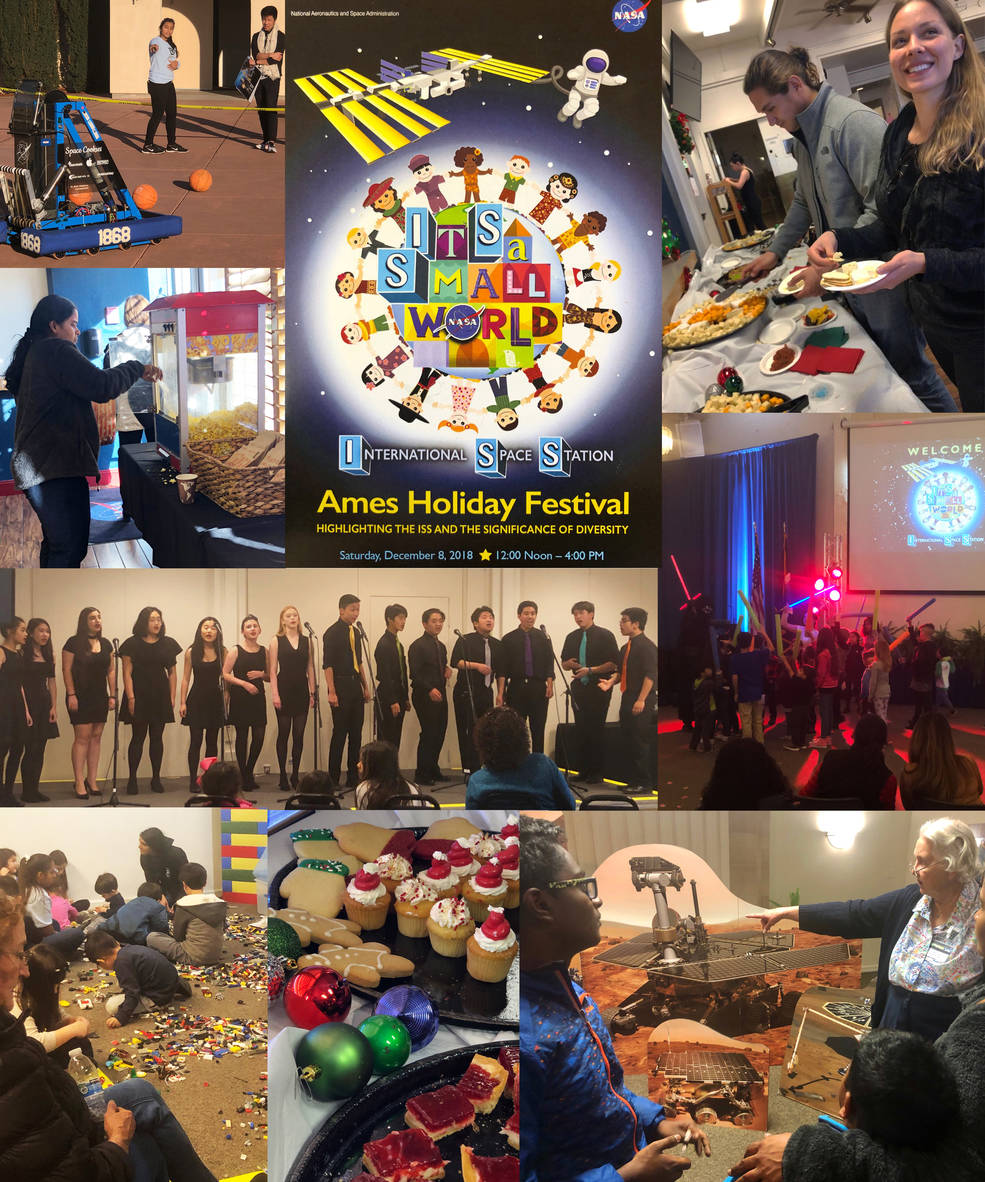
Researchers Discuss Current State and Future of Astrobiology and Space Biology
